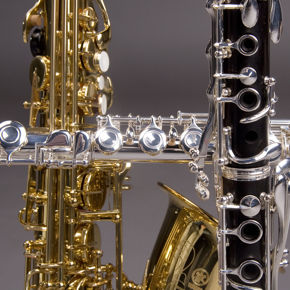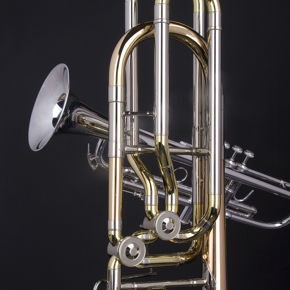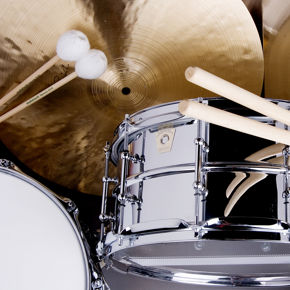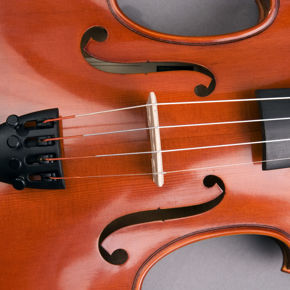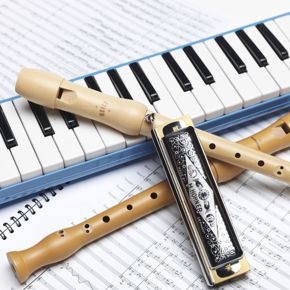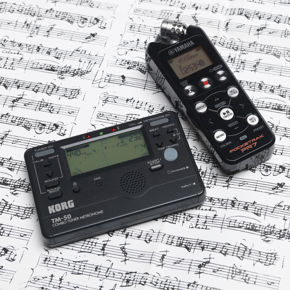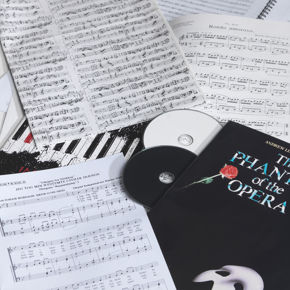ASA-Methode, Trumpet. Rolf Quinque
Tilgjengelighet: Bestillingsvare
ASA-Methode, Trumpet. Rolf Quinque
Embouchure building
Studies
Elementary
Intermediate
Advanced
High register training
In the 17th century there were no studies in the modern sense of the word. Of J. S. Bach, however, we know that he wrote pieces of a study nature for his pupils, indeed he made them spend months, and in his own words preferably years, practising exercises for touch at the keyboard, that is, daily finger exercises, on the principle: There is little point in getting fit if you do nothing to stay fit.
From this point of view, relating it to our instrument and to the lips, you ought to look at the following embouchure-building studies. They are not intended as warm-ups, although that term is quite appropriate for some of these exercises. Taken together they serve to build the muscles, rather like an athlete's training. Like him, we too must increase our capacity gradually. The muscles and organs involved adapt to the greater workload, but only if the increase proceeds systematically and rationally. Try to complete the full distance of each study, gradually reducing the time, like a long-distance runner. Adding one exercise, or at most three, according to the difficulty, to your daily workload will be enough.
You should only start further exercises when you have fully mastered the preceding ones according to the directions in my embouchure method and have reached a satisfactory standard in rhythm and sound. The deliberately simple fingerings make it easier to check the actions of the diaphragm, the lips, and the tongue inside the mouth cavity. Form a mental picture of their movements and compare yourself constantly to an artist whose principle is: There are no secrets, at best some small tricks, which can be learned.

